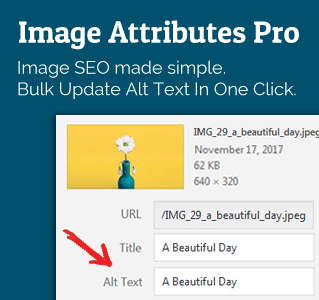In a previous article we looked at most of the common investment opportunities in India. No one can simply pick one investment instrument and hope to reach their financial goals.
A healthy portfolio will be a mix of debt (typically low-risk-low-return) and equity (high-risk-high-return) investments. Asset allocation is simply the ratio in which you allocate your money between various investment instruments.
For example, if you have a total of 100,000 INR and you put 50% of that in to a bank Fixed Deposit and with the other 50% you bought a stock of a company, your asset allocation is 50% in low risk instruments and 50% in high risk instruments. Or simply 50-50.
Here is a good thumb rule that I like. This is useful for goals that are at least 15 years away, like retirement.
- Subtract your age from 100. Allocate that to high-risk-high-reward (equity) instruments.
- Invest the remaining in low-risk (debt) instruments.
- Adjust investments (in other words re-balance your portfolio) as you grow older.
- In the last 5 years of your goal, re-balance aggressively in a way that by the time you reach your goal year, 100% is in low-risk instruments.
- As an example: If you are 25 years old, 100 minus 25 is 75. Invest 75% of your entire investment portfolio in equity mutual funds and 25% in bank fixed deposits.
If you are still unsure, start with a 50-50 asset allocation. i.e. 50% of your invested money will be in debt instruments and the remaining 50% will be in equity.
Why Is Asset Allocation Important?
Simple answer: To manage risk.
If you invest 100% in equity and if the market goes down by 40% and takes 10-15 years to recover, you have little chance of reaching your financial goals.
Similarly, if you invest 100% into debt, you are not likely to reach your financial goals simply because debt instruments barely beat inflation.
Portfolio Re-balancing
Lets understand portfolio re-balancing with our previous example. Let’s assume that you have decided to keep your asset allocation at 50% debt and 50% equity for the next 5 years.
- You invested 50,000 INR in a bank FD and the remaining 50,000 INR in an equity mutual fund. The asset allocation is 50-50 now. i.e 50% in Debt and 50% in Equity.
- Let’s assume that the bank FD offered an interest of 5% and the mutual fund grew at a rate of 10%.
- After one year, the bank FD is worth 52,500 INR (i.e. 50,000 + 5% of 50,000).
- The mutual fund after one year is worth 55,000 INR (i.e. 50,000 + 10% of 50,000).
- Your total invested amount is now 52500 + 55000 = 107500 INR.
- Out of this 107500, your debt component is 52500. This is 48.8% of your total portfolio.
- Similarly, your equity component is 55000. This is 51.2% of the total portfolio.
- As you can see, the asset allocation has now changed from 50-50 to 48.8-51.2.
Portfolio re-balancing is the process of adjusting your asset allocation back to the levels that you originally planned.
In our example, this means we would sell some mutual fund units and invest it into the bank FD. In a way, you are booking profits and moving those profits into a safer instrument.
But what if the markets went down and mutual funds did not give positive returns?
- Let’s say the mutual fund only grew by 2% and at the end of first year, your 50,000 is now 51,000.
- If you calculate asset allocation as per previous calculations, the new ratio is 50.7-49.3.
- Now when you re-balance, you will be moving funds from your FD in to the mutual funds to bring back the ratio to 50-50 as we planned.
This might seem counter-intuitive. Why would you invest into a mutual fund that isn’t doing so well? That’s one way to look at it. Another perspective is that you are buying equity at a discount since the markets are down and it’s cheaper to buy equity.
When Should You Re-balance?
Typically once or twice a year.
You can opt for various strategies. The simplest is to re-balance once a year on a pre-planned date. More experienced investors might want to re-balance when the portfolio deviates from the desired asset allocation by 5% or 10%.
Figure out your asset allocation and re-balance once a year, and if you get that right, you should have a reasonably good investment plan.
If you are into your late twenties and most of your money is invested into debt instruments, try to get your asset allocation right before thinking about re-balancing. This could take a few years because you will not be comfortable moving 50% of your fixed deposits into equity straight away.
Start small and use the time to learn more about personal finance.






Leave a Reply